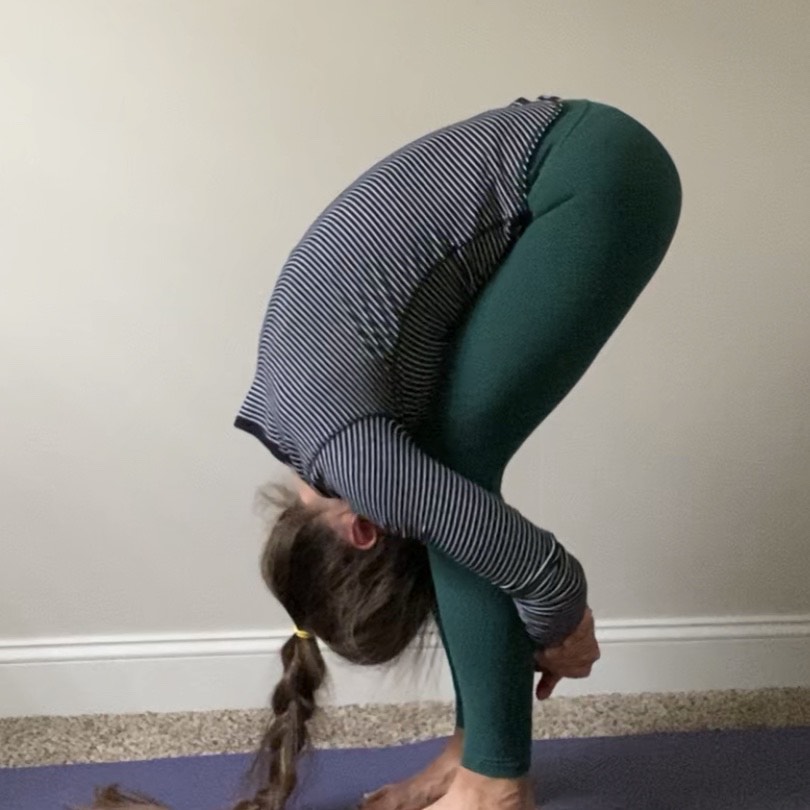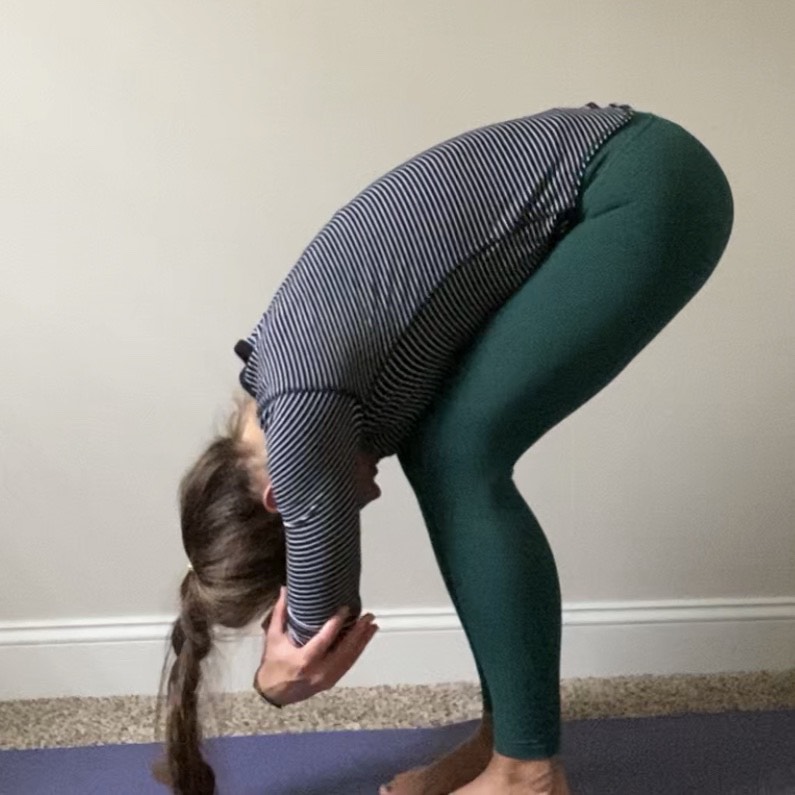Yoga Poses for Immunity From Kelly at Peace of Time
- peaceoftimewellness
- May 8, 2020
- 4 min read
Giving your immune system extra support is especially important right now due to the COVID-19 pandemic. In regards to yoga and the immune system, it has been shown that breath and movement can tremendously help our bodies eliminate toxins and rid of stagnant energy!
5 Yoga Poses for Immune Support
Cobra Pose
- Helps to stimulate the thymus, a gland that sits behind the chest bone, to produce T-cells (the first responders to a cold or flu).

Low cobra (you are looking to keep the shoulders down and back - away from the ears; open the chest, and lengthen the spine or extend the spine)

This version of cobra requires a little more flexibility, and ja a bigger back bend than the first. The hands can be as far away from the body or as close as you want, but shoulders must still stay down and back.
Supported Bridge Pose
- This pose helps to open up the chest and heart, improving circulation and increasing energy within the body.

Place your block under the sacrum (the block can be whatever setting feels good).
Legs Up The Wall
- Lifting the legs will help ground the nervous system and will help decrease feelings of stress.
- In the first photo, legs can be straight (this is a little challenging, without actually putting the legs on a wall)
- In the second photo knees can be bent
- In the third photo, a yoga block is placed under the sacrum. This is a really nice option to lift the hips a bit and can make this pose feel more accessible.
Of course, you can also use a real wall to support your legs and then you may be able to stay in the pose for longer.
Supported Fish Pose
- This pose is invigorating and restorative in the way that it helps open up the chest and lungs, allowing for the break up of congestion in the sinuses as well.
- The first photo is using a yoga block under the mid/upper back on the lowest setting.
- The second photo is using a yoga block in the same place, just on a higher setting.
- The third photo simply is fish pose with no block. You can do this by supporting yourself on your forearms.
Downward Facing Dog + Forward Fold
- In downward facing dog the point is to open the back side of the body and lengthen the spine. Think of a long line from the crown of the head up to the tailbone; the aim is to not curve the spine in down dog.

Because downward facing dog can be really challenging for many people, try doing this with your hands on the wall (or a chair) instead of on the floor. This pose allows for the back side of the body to open up more, in the same as a forward fold pose does. Both downward facing dog and forward folds should be done with knees bent if your hamstrings or lower back are tight.
Forward Fold + another option for a forward fold. Can feel comforting, like giving yourself a hug.
Yogic Breathing Techniques
If you are looking to bring a calming energy into your practice or even in daily life, a very helpful technique is to breathe in a way where the exhale is longer than the inhale. You can find a comfortable tall seat or lay down flat on your back with knees bent (to help the lung expand and contract without any obstruction). You may want to try counting to 4 on the inhale and on the exhale count to 6-8 or longer if you choose. In a practice, you may do 6-10 rounds of this breath but you can never over do it!
Another great breathing technique for bringing a calming energy is called Lion's Breath and you can try this with supported fish pose; as your head lays back, open your eyes wide, stick out your tongue, take a deep breath in through your nose and the sigh it out through your mouth with a giant "HAAAA!" sound.
One other technique is called Box Breathing. This is mainly used to help focus your attention on the breath and to balance your breathing. To start, you can inhale through your nose four a count of 4, retain the breath four a count of 4, then exhale through your nose to a count of 4 and remain empty (without inhaling right away) for another count of 4. Then the breath repeats! This can also be done on any count but it is encouraged to try to lengthen the count over the course of 10 breaths, but only if you wish to do so!
A message from Kelly, our yoga instructor at Peace of Time Wellness, "As with anything in yoga, none of it needs to be super serious or super 'correct.' The main purpose of yoga is just learning to notice whatever is happening in the present moment and staying with it. Yes, there are some benefits to the physical poses and the breath work, but you'll never get to those benefits if you are very worried about doing it all 'right.' There can be stressful moments in yoga (just like life) but it's not meant to add additional stress to your life so I always encourage people to be curious, do what feels ok, feel for their own edges and perhaps be willing to explore, and not take any of it too seriously:)"























Comments